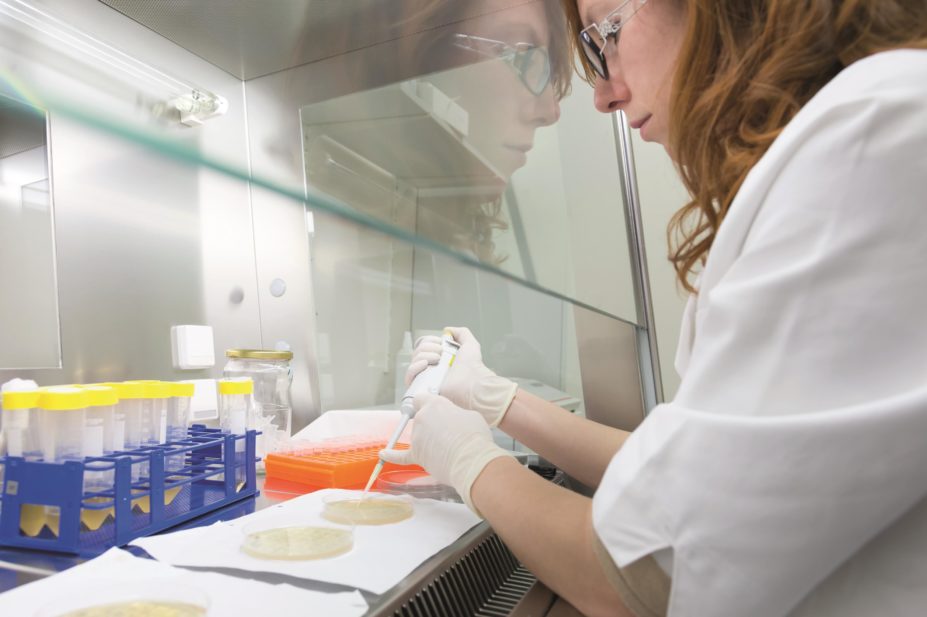
Shutterstock.com
Point-of-care testing (POCT) for influenza is feasible in primary care and may improve antimicrobial use, a study in the British Journal of General Practice has concluded[1]
.
The cohort study was carried out between February 2019 and May 2019 across six general practices that are part of the sentinel disease surveillance network in England. The researchers collected quantitative data about the number of samples taken, their representativeness and the results, comparing them with the rest of the sentinel network over the same weeks.
Overall, 312 tests were carried out during the study time period, of which 60 were positive for influenza.
The researchers found that study practices with POCT machines performed more swabs than other virology sampling practices when their practice population size and influenza-like illness rates were taken into account.
They also found that the results from POCT machines influenced clinical prescribing practices. Compared with those with a negative result, patients with a positive POCT test were significantly less likely to be prescribed an antibiotic and significantly more likely to be prescribed antiviral medication (odds ratio = 0.4 and 14.1, respectively).
The authors concluded that it was feasible for practices to implement POCT, but that further work was required “to study the impact of POCT on important public health tasks for sentinel surveillance, including influenza notification as well as infection control, and to study the cost benefits of POCT in UK general practice”.
References
[1] de Lusignan S, Hoang U, Liyanage H et al. Integrating molecular point-of-care testing for influenza into primary care: a mixed-methods feasibility study. Br J Gen Pract 2020. doi: 10.3399/bjgp20X710897


